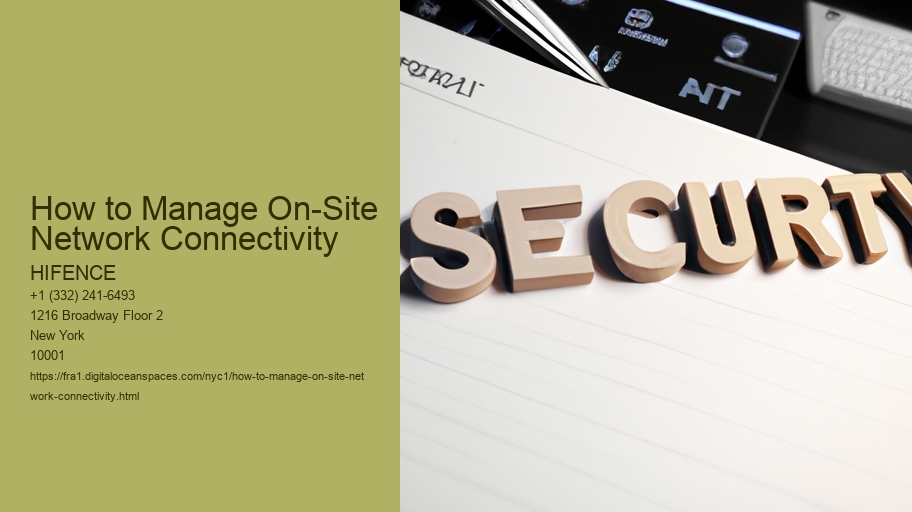Okay, so you're stuck managing the on-site network connectivity, huh? Don't worry, it's totally doable, even if it feels like herding cats sometimes. Think of it less as some super technical, intimidating thing and more like… well, making sure everyone can get online and do their jobs without wanting to throw their computers out the window!
First things first (and this is super important!), you gotta know your network. Like, really know it. We talkin' about physical stuff, like where all the routers, switches, and access points are actually located. (Seriously, draw a map!
How to Manage On-Site Network Connectivity - managed it security services provider
- managed service new york
- managed services new york city
- check
- managed service new york
Next up: planning.
How to Manage On-Site Network Connectivity - managed services new york city
- check
- check
- check
- check
- check
- check
- check
- check
Okay, now for the nitty-gritty. Security is a HUGE deal. Passwords, firewalls, intrusion detection systems… you name it. Don't skimp on security, or you'll regret it later. (Think ransomware – nobody wants that!) Make sure your Wi-Fi is properly secured with a strong password (and change it regularly!). Also, keep your firmware updated on all your network devices. Those updates often include critical security patches.
Troubleshooting, ah yes, the fun part. When things go wrong (and they will go wrong, trust me!), try to stay calm. Start with the basics: Is the cable plugged in? Is the device powered on? Are there any blinking lights that shouldn't be blinking? Google is your friend! Don't be afraid to search for error messages or ask for help on forums. And, for the love of all that is holy, document your troubleshooting steps! It'll save you a ton of time in the long run.
managed services new york city
And finally, communication. Keep your users informed about any planned maintenance or outages. Nobody likes being surprised by a sudden network downtime. A simple email or a post on the company intranet can go a long way in preventing frustration and complaints! Keeping an open line is important!
It's a lot, i know. But you can do it! Good luck, and may your network be ever stable!
check